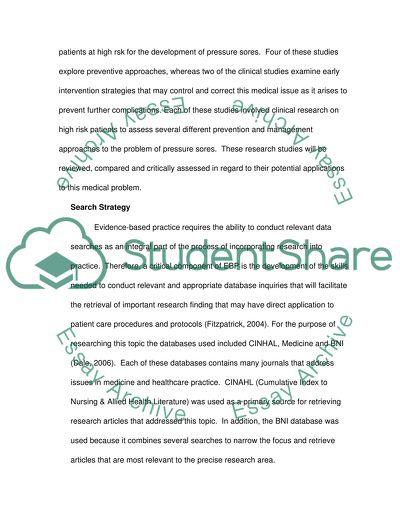Cite this document
(Strategies for Preventing Pressure Sores in Adult Patients Assignment, n.d.)
Strategies for Preventing Pressure Sores in Adult Patients Assignment. https://studentshare.org/health-sciences-medicine/1573489-practice-based-question-8220in-the-hospital-setting-what-are-the-most-effective-management-strategies-for-preventing-pressure-sores-in-adult-patients8221
Strategies for Preventing Pressure Sores in Adult Patients Assignment. https://studentshare.org/health-sciences-medicine/1573489-practice-based-question-8220in-the-hospital-setting-what-are-the-most-effective-management-strategies-for-preventing-pressure-sores-in-adult-patients8221
(Strategies for Preventing Pressure Sores in Adult Patients Assignment)
Strategies for Preventing Pressure Sores in Adult Patients Assignment. https://studentshare.org/health-sciences-medicine/1573489-practice-based-question-8220in-the-hospital-setting-what-are-the-most-effective-management-strategies-for-preventing-pressure-sores-in-adult-patients8221.
Strategies for Preventing Pressure Sores in Adult Patients Assignment. https://studentshare.org/health-sciences-medicine/1573489-practice-based-question-8220in-the-hospital-setting-what-are-the-most-effective-management-strategies-for-preventing-pressure-sores-in-adult-patients8221.
“Strategies for Preventing Pressure Sores in Adult Patients Assignment”. https://studentshare.org/health-sciences-medicine/1573489-practice-based-question-8220in-the-hospital-setting-what-are-the-most-effective-management-strategies-for-preventing-pressure-sores-in-adult-patients8221.


